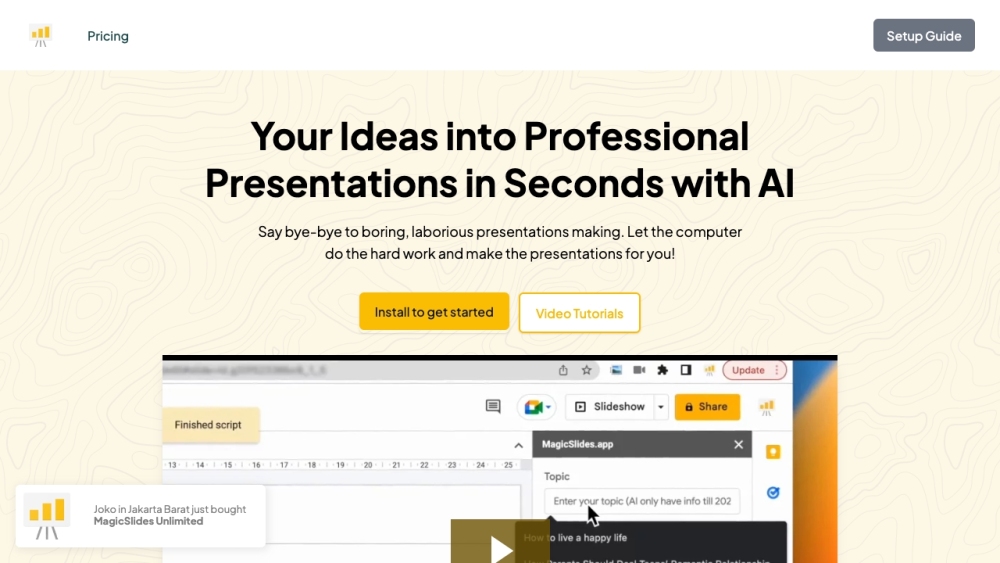OpenAI-backed Figure has kept its promise by unveiling the next generation of its humanoid robot, Figure 02. Designed for both household and factory tasks, Figure 02 offers significant advancements over its predecessor, Figure 01.
Currently available to select enterprises, Figure 02 is a leap forward from the earlier model, which could perform simple chores like moving dishes while engaging in conversation. The new version boasts a refined exoskeleton structure that enhances its ability to handle heavier items with greater ease.
What's New in Figure 02?
The initial prototype, Figure 01, featured a rudimentary design with exposed wiring and limited movement capabilities, despite its effective conversational skills. Figure 02, standing 5'6" and weighing 132 pounds, introduces a sleek exoskeleton that conceals wiring and integrates power and computing components. Its hands have been engineered with "16 degrees of freedom," allowing for exceptional strength and dexterity, enabling it to lift objects weighing up to 44 pounds.
In a recent demonstration, Figure 02 showcased its abilities at a BMW facility, adeptly picking up and placing parts to assist in assembly. According to CEO Brett Adcock, the robot utilizes an AI-driven vision system that incorporates six onboard RGB cameras strategically positioned for optimal visual processing.
The visual data feeds into an onboard language model, which functions as the robot's brain, facilitating semantic grounding and efficient common-sense visual reasoning.
Figure 02 also enhances its interactions with speech recognition, powered by custom AI models developed in partnership with OpenAI. Users can verbally assign tasks, and the robot combines speech understanding with visual reasoning to execute actions. This integration allows Figure 02 to self-correct during tasks.
Performance and Future Directions
While only an initial video demonstration is available, claims indicate Figure 02 possesses three times the computational and AI inference capabilities of Figure 01. With a robust 2.25 KWh battery pack that provides 50% more power, the robot is designed to operate autonomously for up to 20 hours daily.
Figure has made significant strides in enhancing both the design and functionality of its robots, aiming for commercialization of its AI-powered technology by 2026 at competitive prices. A company spokesperson emphasized the importance of ROI for customers, stating, “Our target is to achieve immediate break-even costs for our customers on Day 1.”
These advancements suggest that Figure 02 could become indispensable in factory and warehouse environments where adaptability and efficiency are crucial. Its potential applications include moving boxes, assembling products, and providing security.
However, there is still room for improvement. Figure 02 currently moves at the average walking speed of humans, but there may be scenarios where increased speed is necessary. The company is committed to expanding the robot's range of movements to enhance efficiency.
In the competitive landscape of humanoid robotics, Figure joins other notable players like 1X Robotics, Tesla, Agility Robotics, and Boston Dynamics, all exploring innovative technologies to enhance robot capabilities. Many are utilizing Nvidia’s multimodal AI “Project GR00T” to further their advancements in the field.






